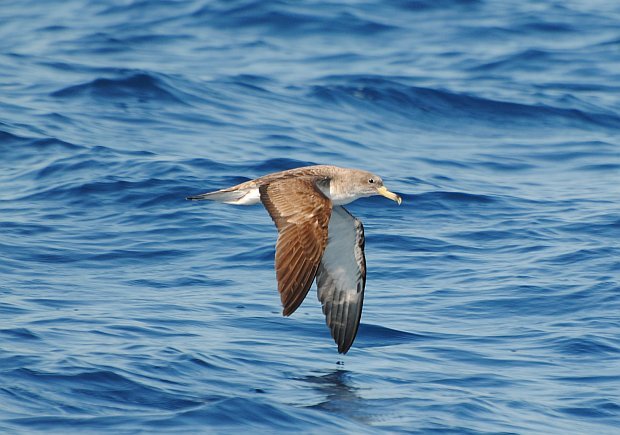
If you’re a birder interested in cryptic species and pushing the frontiers of subspecific variation (and let’s be honest, who isn’t, amirite?), there’s no more fertile ground, metaphorically speaking, than pelagic birding. It seems like every year a new study comes around that looks at the genetics of seabird populations and finds out that within those “species” that have been in the field guides for decades, and with whom we’ve grown so comfortable, there may be populations that are good species in their own right. The differences between the subspecies are extremely subtle, and the realization that many of these forms turn up with some regularity in the western Atlantic has led to a sort of arms race among photo equipment on the boats, as every passing seabird is met with a barrage of shutter clicks and a few minutes of chimping in order to figure out its identity. But this is the world we live in.
The mechanism that sees many of these populations diverging is pretty fascinating though. Many species of tubenose nest on small, rocky archipelagos, and because the family shows intense site-fidelity with regard to nest sites – occasionally even nesting in the very same burrow in which they themselves were hatched – there is very little gene flow between birds on one island of a given archipelago and another. And once you start down that path of segregating different populations, speciation isn’t far behind. Really, it all sort of depends on which species concept you prefer. But even if these populations aren’t full species on their own, it does appear that we’re seeing evolution occurring at the very point of divergence or not far past it, and that’s pretty cool.
Cory’s Shearwater, Calonectris diomedea, is one of the most common tubenoses in the western Atlantic. The species nests in two main sites, on the Island of Madiera off the coast of north Africa, and on islands within the Mediterranean. As you might imagine, those two nest site end up corresponding to the two subspecies (potentially cryptic species). The Madiera nesters are of the subspecies borealis, and they make up the bulk of the individuals seen in the western Atlantic. The birds that nest in the Med are of the nominate subspecies, but often referred to as “Scopoli’s” Shearwater (pronounced SCOP-o-li) after famous Italian zoologist Giovanni Scopoli, apparently the Linneaus of the Austrian Empire.
The two populations are really really similar, and while there are a few subtle morphological differences, what everyone is looking for on these birds is the extent of white on the underwing. Borealis birds are almost entirely dark on the underside of the outer primaries as in the photo below.
These so-called “Scopoli’s” Shearwaters, the ones that nest in the Mediterranean and make up to 15% of the Cory’s in the western Atlantic (so far as anyone knows), have a lot of white in the tips of those primaries. As in the bird below, photographed by Dan Irizarry.
Now this looks like a fairly evident field mark, no? But here’s the kicker. No one, not even Steve Howell in his remarkable tubenose bible, can confidently speak to the expected variation among the underwing pattern for either species. There may be some significant overlap. Heck, these may not even real species here.
And more, for all their abundance offshore, Cory’s are notorious (at least for me) for not giving great looks. We forget how fast even a relatively lumbering tubenose like Cory’s Shearwater can move when the wind is behind it. It is practically impossible to get a definitive look at the underwing at the detail needed to differentiate these two populations, which necessitates the aforementioned shutter-bursts-then-chimping technique. But because most Cory’s are seen at some distance from the boat, even a camera isn’t going to help you. So what to do?
I don’t have an answer. All I have to take away from a few days offshore recently is frustration at trying to tease anything out to subspecies and an appreciation for the irony inherent in having two incredibly difficult to discern species that can only be encountered while the birder is rocking back and forth on a moving platform. But that’s part of that makes pelagic birding so exciting.
Or at least this is what I’m told.


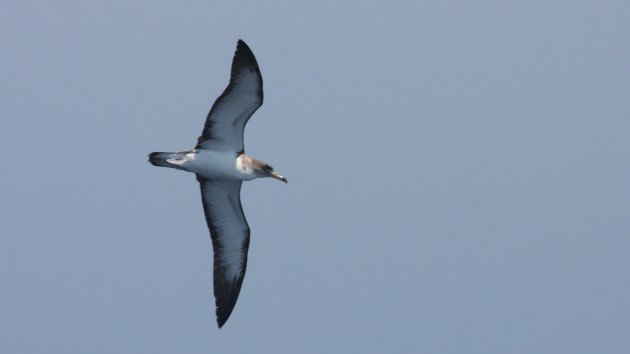
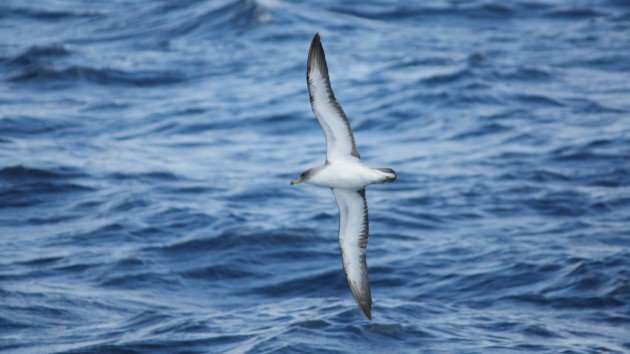



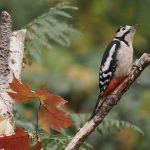
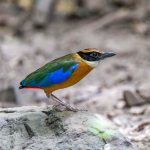
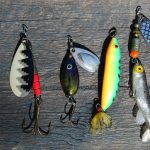

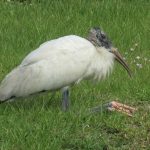
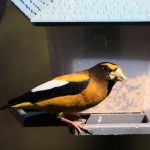
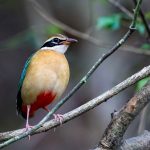
Or you play the numbers game. I know that if I see enough pond herons in Bangkok in the non breeding season I have seen, on balance, both species. They are utterly indistinguishable but both are present in numbers. So I am happy to say I have seen both Chinese and Javan Pond Herons, even though I couldn’t say which birds were which.
This is the exact reason why some birders in Germany fear the split: they’d lose a species from their list because the two forms usually weren’t separated in past field observations, and even now it is usually impossible to clearly see the underside of the wing clearly, particularly during sea-watches.
I guess the best way is to visit Madeira / the Canary Islands AND the Mediterranean …